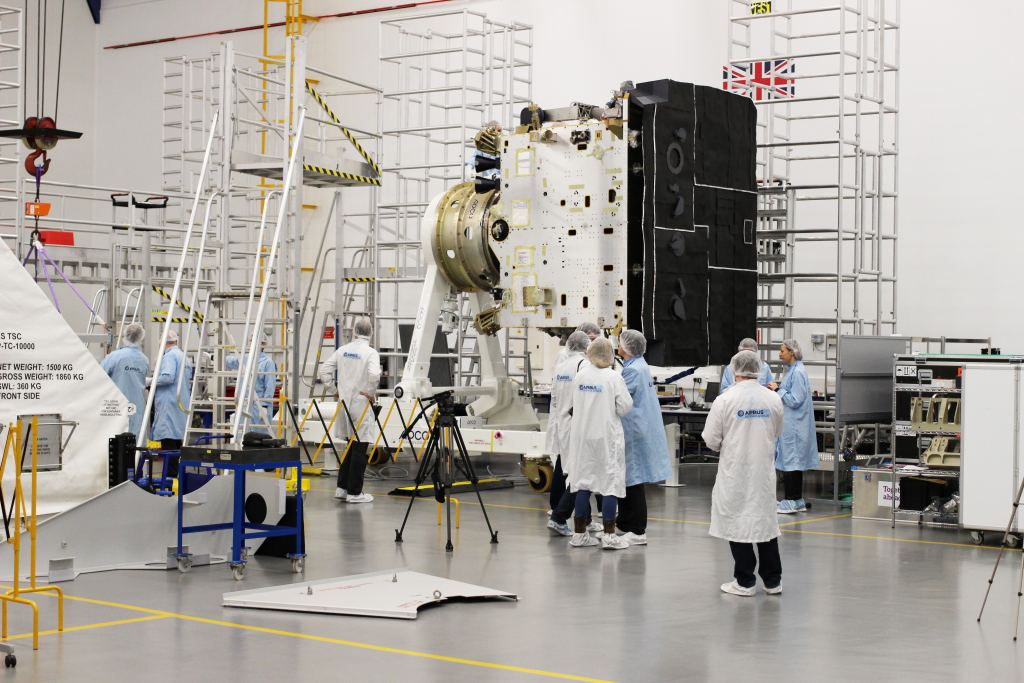Our local star the Sun has been the source of many studies from ground based telescopes to space based observatories. The ESA Solar Orbiter has been approaching the Sun, capturing images along the way in unprecedented detail. It arrived at its halfway point in March last year and captured a series of 25 images. They have now been stitched together to reveal an astonishingly high resolution image. You can even zoom in to see individual granules in the solar photosphere.
In comparison to Earth, the Sun is massive but in when it comes to other stars, it’s pretty average. It provides energy to sustain life through the process of nuclear fusion deep in its core. The hydrogen atoms are fused into helium generating so much energy that heat and light bathes our planet. Like all other stars, the Sun is a great big ball of electrically charged gas with a visible surface temperature of about 5,500°C. It measures a staggering 1.39 million km across and lies at an average distance of 150 million km from us. It accounts for 99% of the mass of the Solar System and it is this which is responsible for its immense gravitational pull which has kept planets, asteroids and comets in orbit for the last 4.6 billion years!
Without a doubt it is the most prominent astronomical object to grace our skies and so it is no surprise it has been the target of many, many studies. ESA’s Solar Orbiter is one of those space based observatories that has started to unveil some of the mysteries of our nearest star. It was launched in February 2020 and was designed to capture images of the Sun’s poles along with measuring its magnetic fields and the solar wind. The orbit followed by Solar Orbiter is very specific following an elliptical orbit that takes it to within 42 million km of the Sun.

On board Solar Orbiter are instruments to probe the dynamics of the Sun. The most exciting of these are those designed to observe the Sun directly and includes the Extreme Ultraviolet Imager (EUI) and the Polarimetric and Helioseismic Imager (PHI) which when combined can with other on board instruments can create some fabulously high resolution images. With Solar Orbiter already half way to the Sun ESA have released a stunning new image of our nearest star derived from data from both EUI and PHI.
At the time the images were taken, Solar Orbiter was 74 million km away from the Sun (Mercury is approximately 50 million km away) and was too close to be able to capture one image of the whole Sun. Instead, 25 images were taken over a few hours and then stitched together to create the mosaic that has just been released. The finished result can be seen here and has a resolution of around 175 km per pixel. Previous observations have gone deeper for example the Gregor Solar Telescope on Tenerife has achieved a resolution of just 50 km per pixel but this was only ever of a small section of the Sun.
Large mosaics were never possible due to the turbulence in the atmosphere making it impossible to stitch sufficient images together. The image is stunning. If you zoom in you can see the pattern of granulation all over the Sun’s photosphere and even a few sunspots in super high resolution.
Source : The Solar Fire Up Close